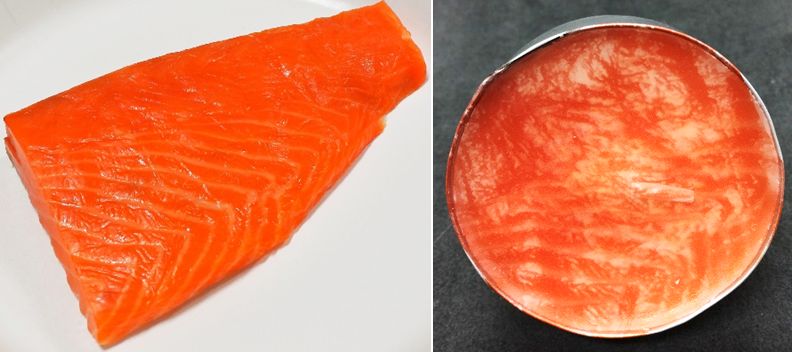Controlling Translucency by UV Printing on a Translucent Object

UV printer, a digital fabrication tool, can print 2D patterns on 3D objects consisting of various materials by using UV inks which immediately dry through being exposed to ultraviolet light. In general use, the translucency of the materials is removed by printing a matte white layer. On the other hand, we propose a method to control the translucency of a printed object by rather utilizing both of the translucency of the materials and inks without printing the white layer. A key is to fuse two different manners; example-based and physics-based. We apply Kubelka’s layer model with few measurements to render the translucency and then build a lookup table between a combination of factors in print and the fabricated translucency. The lookup table is used for finding the best combination to represent an input query about translucency. The rendering method is quantitatively evaluated and in experiments, we show the proposed system can control the translucency through replicating appearance.
Authors
- Tsuyoshi Takatani
- Koki Fujita
- Kenichiro Tanaka
- Takuya Funatomi
- Yasuhiro Mukaigawa
Documents
Citation
@Article{Takatani2018,
author=”Takatani, Tsuyoshi
and Fujita, Koki
and Tanaka, Kenichiro
and Funatomi, Takuya
and Mukaigawa, Yasuhiro”,
title=”Controlling translucency by UV printing on a translucent object”,
journal=”IPSJ Transactions on Computer Vision and Applications”,
year=”2018″,
month=”Jun”,
day=”08″,
volume=”10″,
number=”1″,
pages=”7″,
abstract=”UV printer, a digital fabrication tool, can print 2D patterns on 3D objects consisting of various materials by using UV inks which immediately dry through being exposed to ultraviolet light. In general use, the translucency of the materials is removed by printing a matte white layer. On the other hand, we propose a method to control the translucency of a printed object by rather utilizing both of the translucency of the materials and inks without printing the white layer. A key is to fuse two different manners: example based and physics based. We apply Kubelka’s layer model with few measurements to render the translucency and then build a lookup table between a combination of factors in print and the fabricated translucency. The lookup table is used for finding the best combination to represent an input query about translucency. The rendering method is quantitatively evaluated, and in experiments, we show the proposed system can control the translucency through replicating appearance.”,
issn=”1882-6695″,
doi=”10.1186/s41074-018-0043-x”,
url=”https://doi.org/10.1186/s41074-018-0043-x”
}